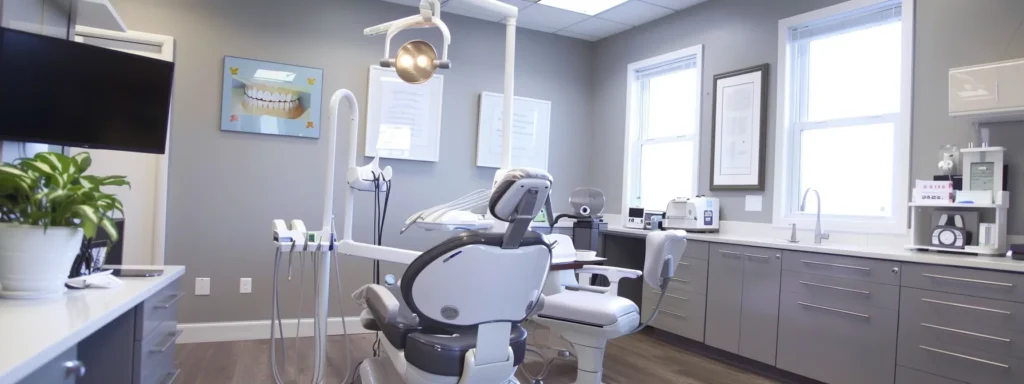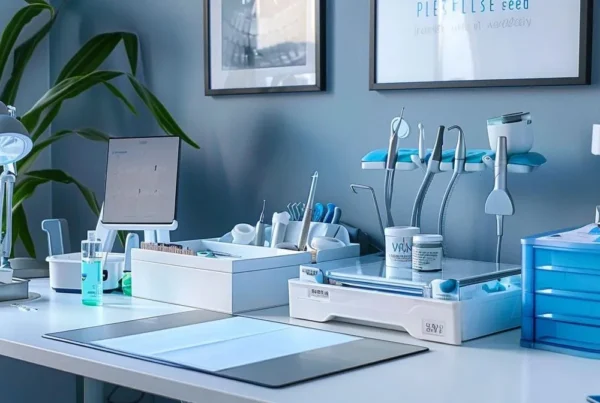The Lifecycle of Composite Veneers: What You Should Know.
Composite veneers offer a quick, affordable, and minimally invasive way to upgrade your smile—but they aren’t designed to last forever. Like all dental restorations, they will eventually show signs of wear or fit issues. Understanding when and how to replace composite veneers is key to maintaining both the look and function of your smile.
At Grand Prairie Family Dental, we believe that patient education is crucial for protecting your investment. In this guide, you’ll learn the common signs of veneer deterioration, how long they typically last, and what replacement options look like. With timely maintenance and expert guidance, your veneers can continue enhancing your smile for years to come.
Expected Lifespan and Contributing Factors
Composite veneers generally last 5 to 7 years, with some lasting up to a decade with excellent care. Although durable, composite materials are more prone to staining and wear than porcelain. How long your veneers last often depends on your daily habits, oral hygiene, and diet.
Hard chewing, acidic foods, and beverages like coffee or wine can erode or stain the surface over time. Lifestyle habits like smoking can also shorten their lifespan. While composite veneers are easy to touch up, recognizing when they’ve reached the end of their useful life helps you avoid further dental complications.
Why You Shouldn’t Delay Veneer Replacement
If veneers are left in place after they begin to break down, they can expose the underlying tooth to damage. As composite materials weaken, they may no longer protect the tooth properly or blend in visually with surrounding teeth.
Replacing veneers on time keeps your smile looking polished and protects your oral health. At Grand Prairie Family Dental, we recommend routine checkups so we can assess the condition of your veneers and plan timely replacements before problems arise.
What Affects How Long Veneers Last?
Several factors influence the longevity of your veneers. Consistent oral hygiene is key—brushing with non-abrasive toothpaste and flossing daily prevents plaque buildup that can affect veneer bonding.
Your habits matter too. Drinking dark beverages without rinsing, smoking, or biting hard items can reduce the life of your veneers. Grinding your teeth is especially harmful, which is why we often recommend a night guard if you show signs of clenching or bruxism.
How Your Lifestyle Impacts Veneer Wear
What you eat, drink, and do every day has a direct effect on your veneers. Highly pigmented foods and beverages, like berries or soda, can stain composite materials over time. Acidic items like vinegar, citrus, and carbonated drinks can weaken the resin’s surface.
At Grand Prairie Family Dental, we provide personalized advice during your cleaning appointments to help reduce risk. If you smoke or enjoy coffee or wine frequently, we may recommend more frequent cleanings or habits like rinsing with water after meals to help protect your smile.
Signs It’s Time for Composite Veneer Replacement
Some signs are visual, while others affect how your veneers feel. Discoloration that doesn’t respond to polishing, surface dullness, or chips may indicate it’s time for a change. You might also notice that your veneers feel loose or that brushing or eating causes discomfort.
Gum recession is another signal. As your gums shift over time, the edge of the veneer can become exposed, affecting both appearance and oral health. If you notice any of these changes, a professional evaluation at our Grand Prairie office can determine whether repair or full replacement is needed.
When to Repair and When to Replace
Minor chips, discoloration, or dull surfaces can often be repaired with a quick polish or additional resin. These simple fixes are great for extending the life of a veneer without removing the whole restoration.
However, if the veneer is breaking down repeatedly or causing discomfort, replacement is often the smarter long-term solution. At Grand Prairie Family Dental, we help you weigh the pros and cons of repair versus replacement and choose the most effective plan.

What to Expect During the Replacement Process
Replacing composite veneers is usually a smooth process. Since the original application required minimal enamel removal, the old veneer can often be removed gently without harming the tooth.
Our team uses precise, modern tools to detach and clean the surface before applying the new veneer. Updated resins and adhesives allow for an even stronger bond and improved aesthetics. Your new veneers will not only look better—they’ll last longer, too.
Protecting Your New Veneers
Once your new veneers are in place, protecting them starts with smart daily habits. Use a soft-bristled toothbrush and gentle toothpaste. Floss daily to clean around the veneer’s edges and protect gum health.
Don’t skip dental visits—routine cleanings help us maintain your veneers and spot issues early. If you grind your teeth, we’ll likely recommend a night guard to prevent fractures. Simple strategies like sipping dark drinks through a straw and avoiding hard snacks can help extend the life of your veneers significantly.
How to Make Your Veneers Last Longer
Durability begins with quality materials and daily care. At Grand Prairie Family Dental, we use premium resins to resist staining and improve longevity. We also provide custom care advice at each visit.
In addition to your home care, we offer in-office reinforcement options like surface sealants to further protect the composite from damage. These small efforts go a long way in preserving your smile—and reducing the need for early replacement.
Stay Confident with Regular Veneer Maintenance
Composite veneers are a fantastic option for transforming your smile, but they require routine attention to stay at their best. Recognizing when they need to be repaired or replaced helps preserve your results and protect your oral health.
At Grand Prairie Family Dental, we’re your partner for every phase of your veneer care—from placement to long-term upkeep. We’ll help you know when it’s time for an update and ensure your new veneers meet the highest standards in comfort, aesthetics, and function.
FAQs About Composite Veneer Replacement
How long do composite veneers typically last?
Most last 5 to 7 years, though some may last longer with excellent care. Regular checkups and proper hygiene extend their lifespan.
Are composite veneers easy to replace?
Yes. The process is straightforward and minimally invasive. We often don’t need to remove additional enamel, making replacement fast and safe.
What are the signs that my veneers need replacing?
Discoloration, chips, looseness, or discomfort while brushing or eating are all indicators. If your veneers feel off or look worn, it’s time for a professional evaluation.
Book an appointment with Grand Prairie, TX’s top dentist, Dr. Khademazad, today. It’s the first step to a better smile and increased self-esteem. Call us at 972-988-0900.
Schedule Your Consultation Today!
Grand Prairie Family Dental
972-988-0900
2475 W Pioneer Pkwy
Grand Prairie, Texas, 75051






